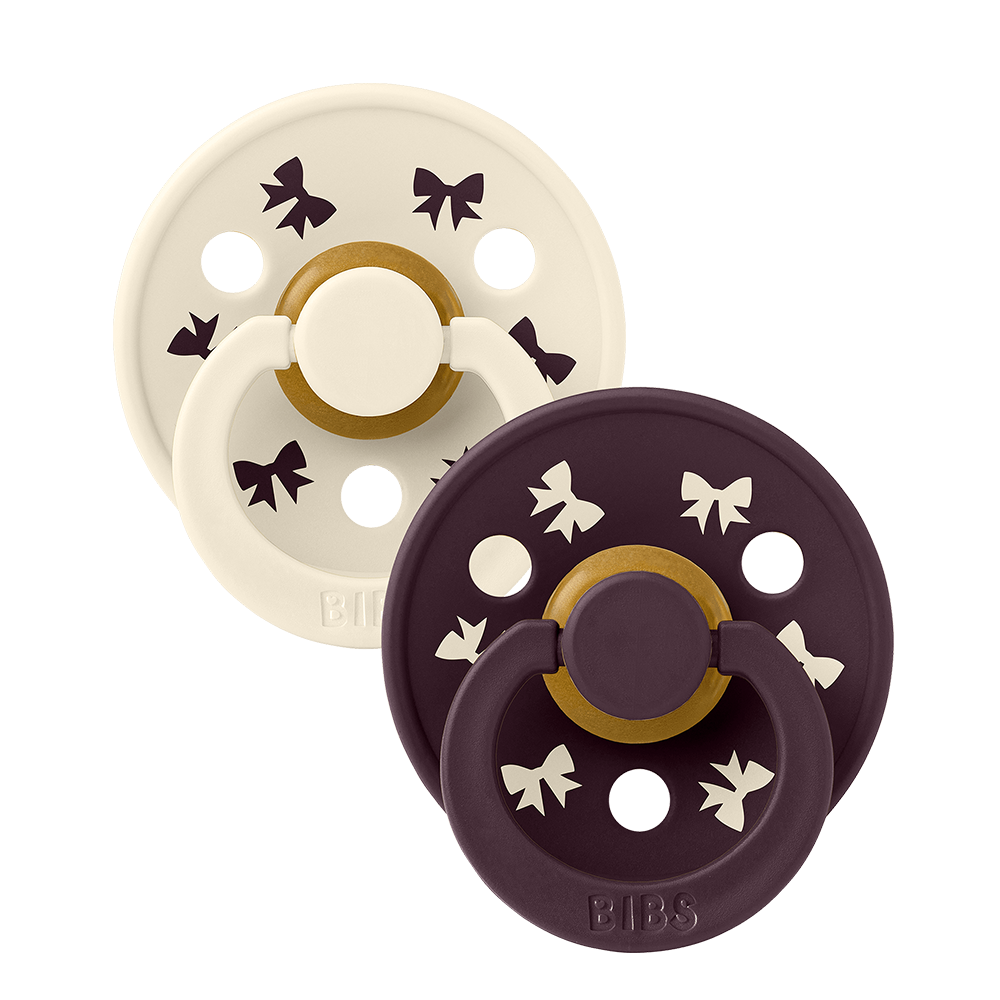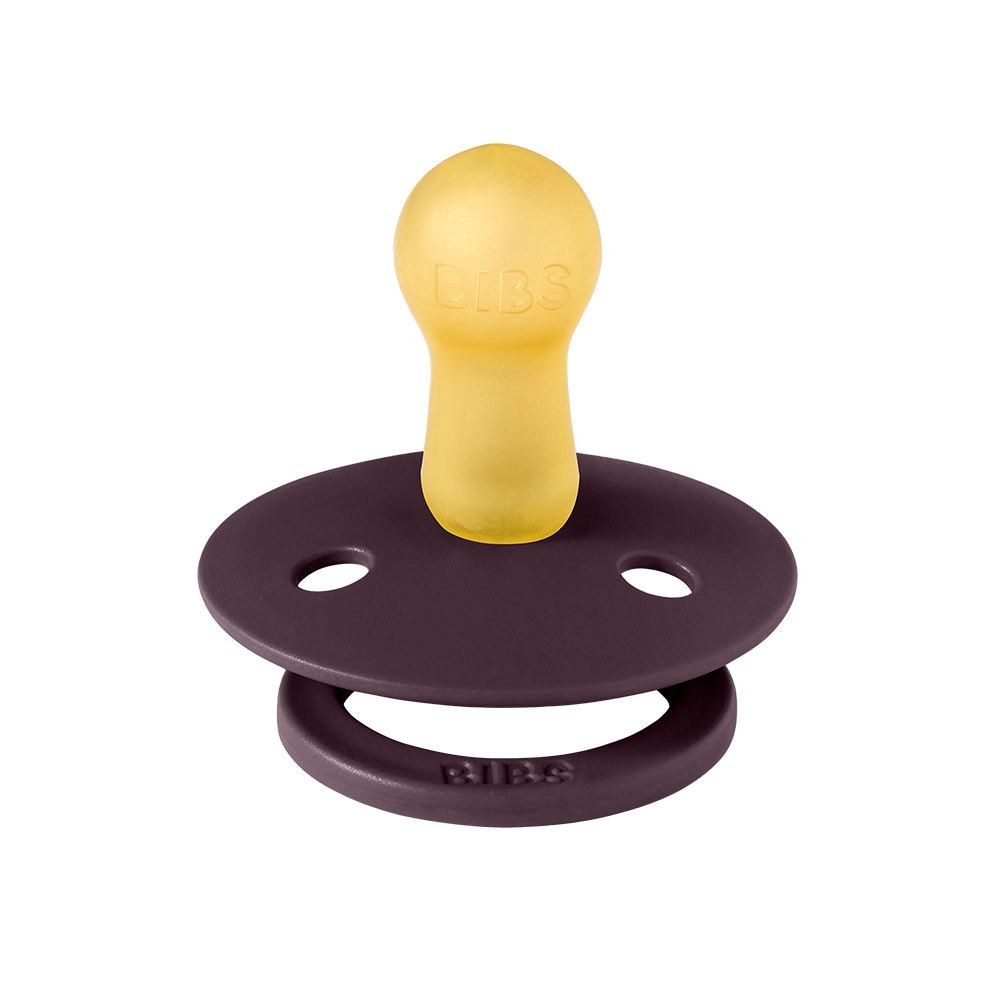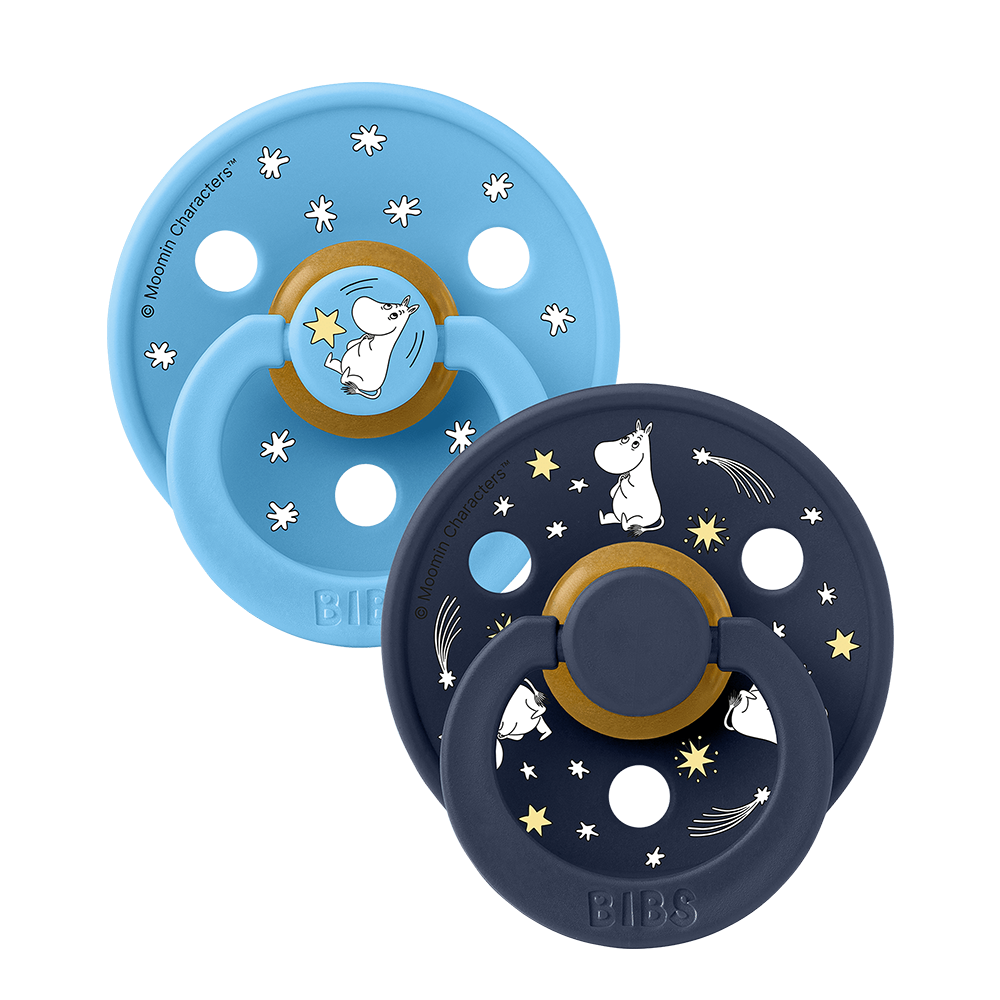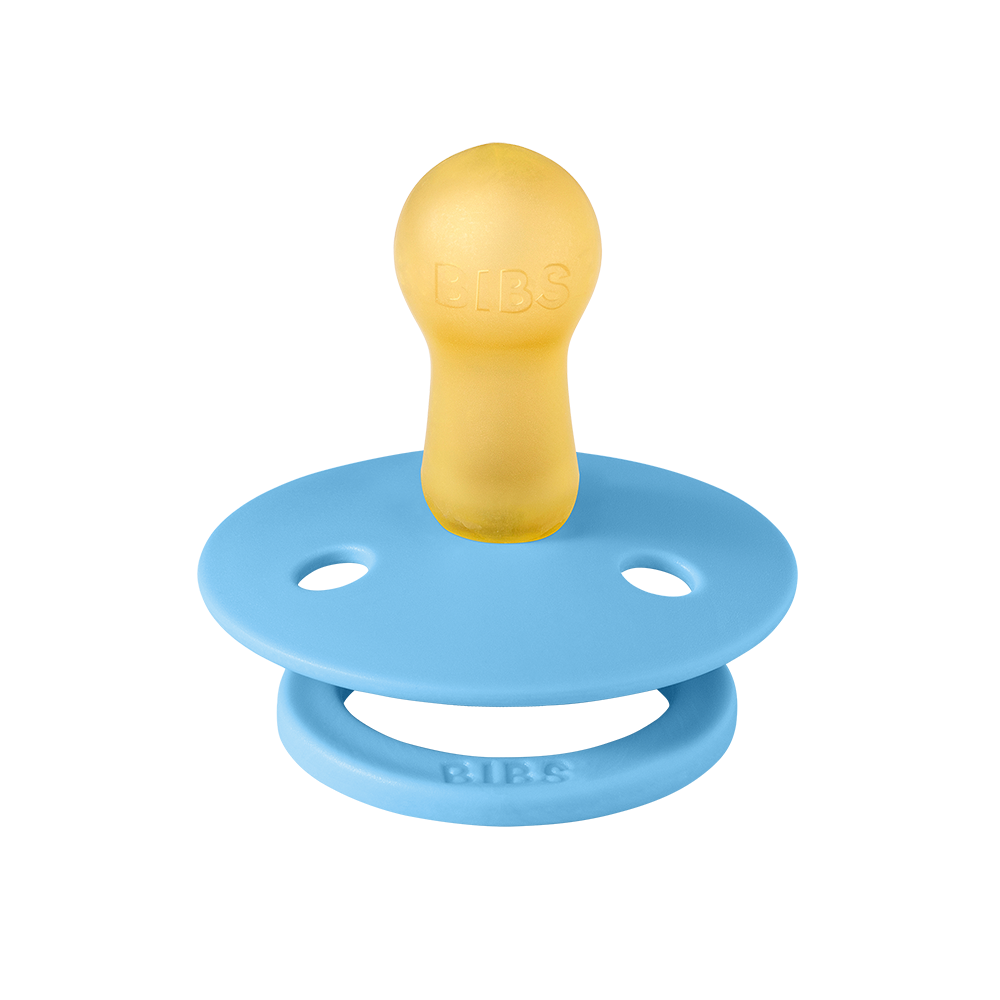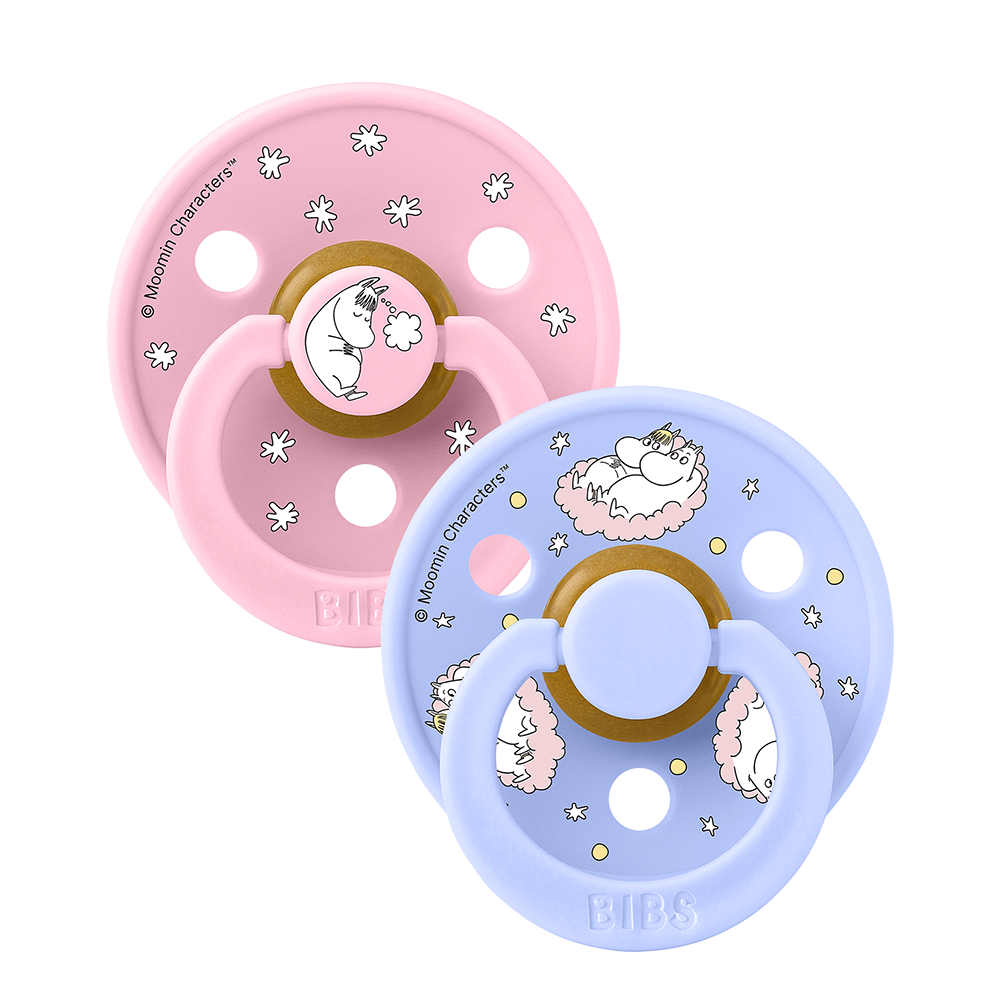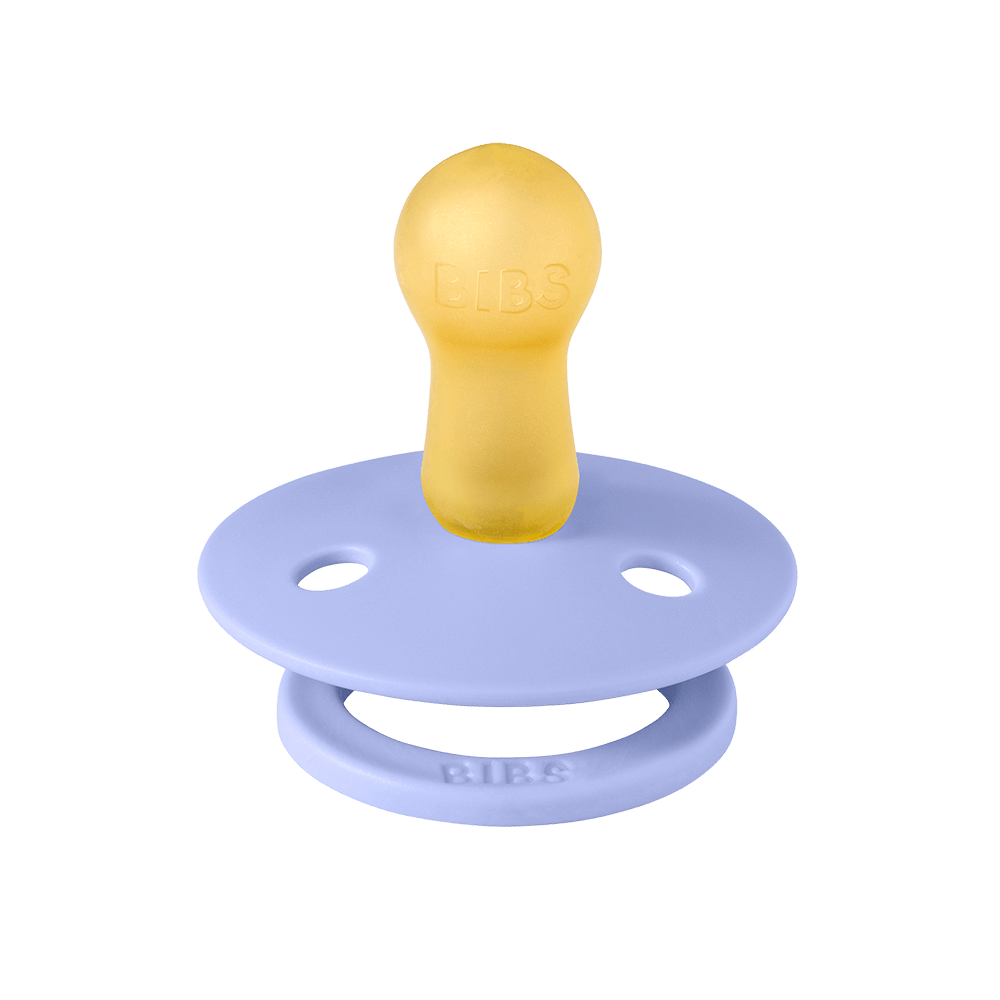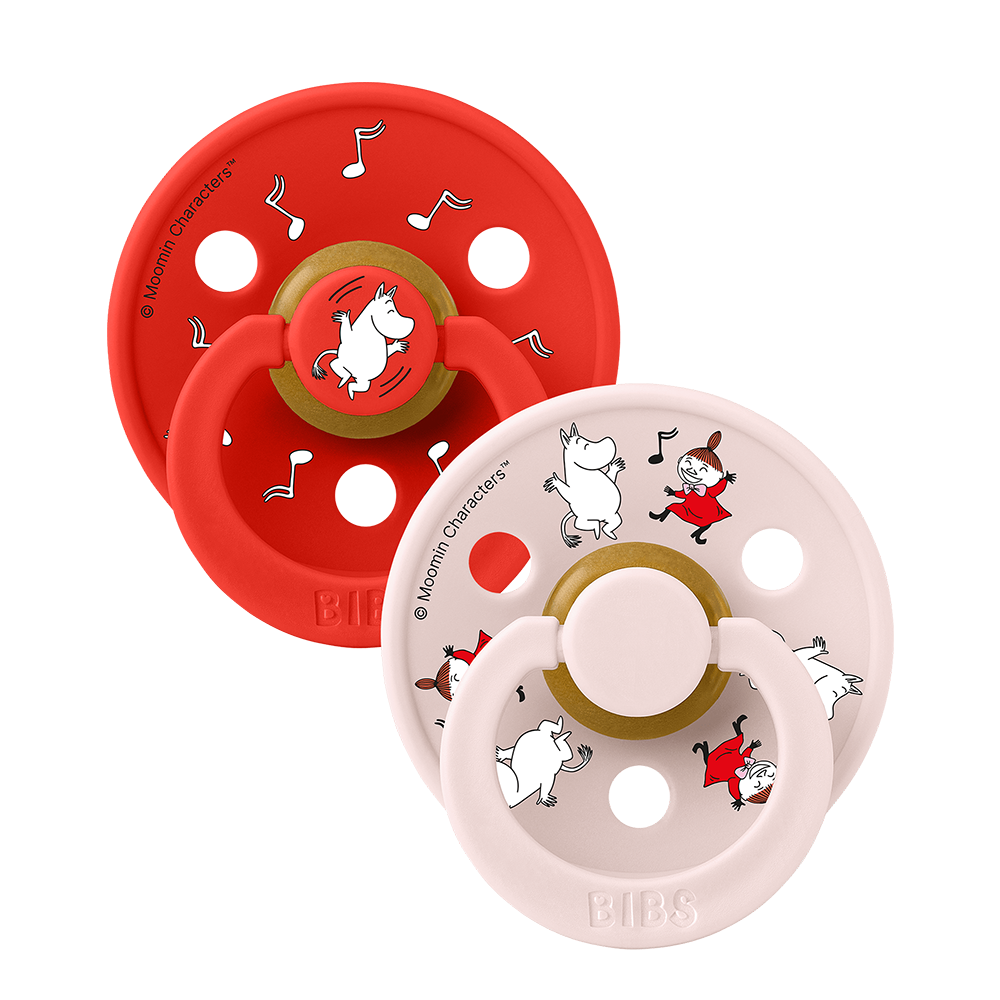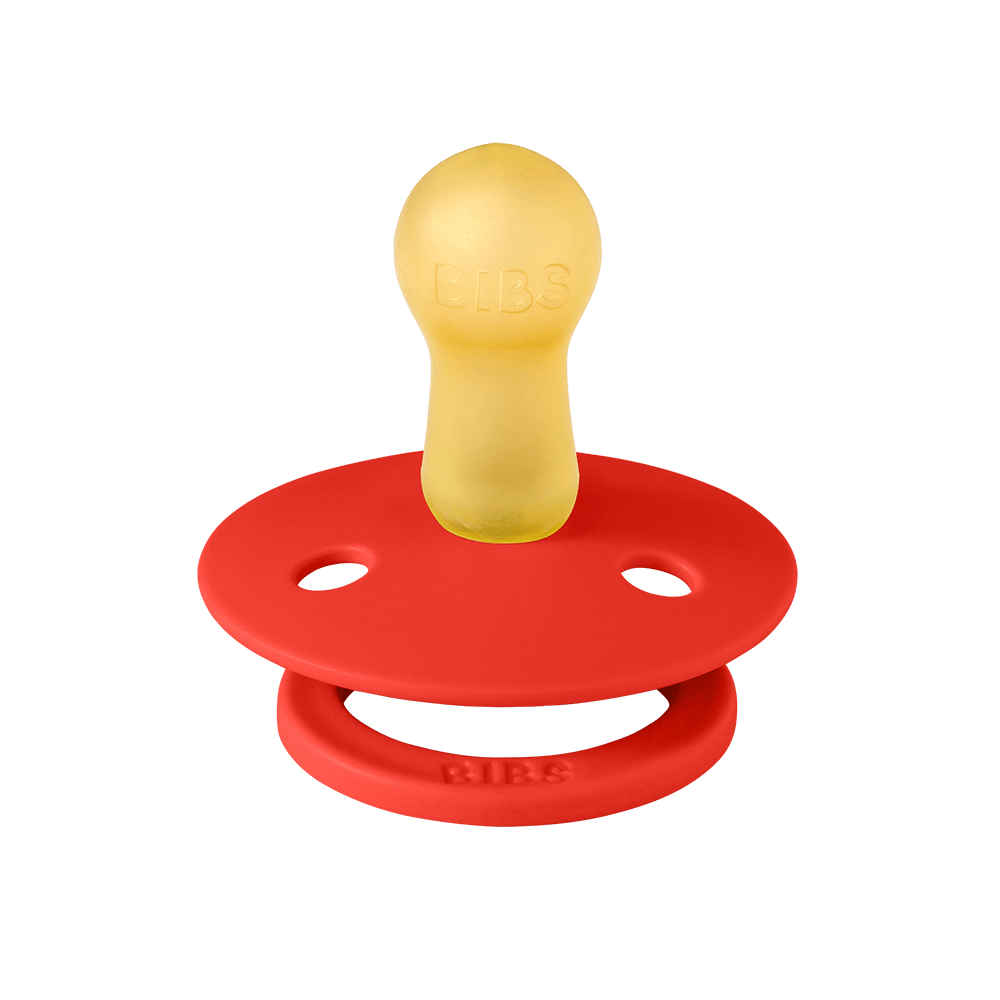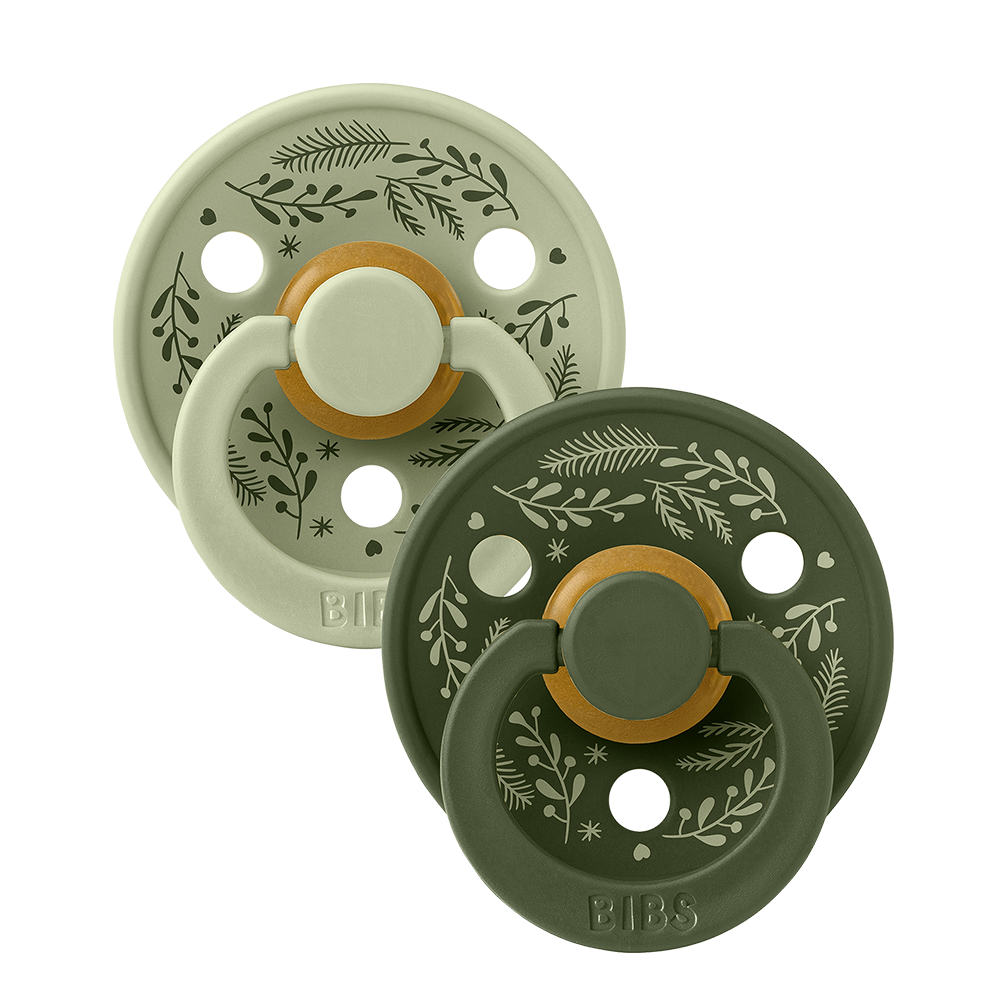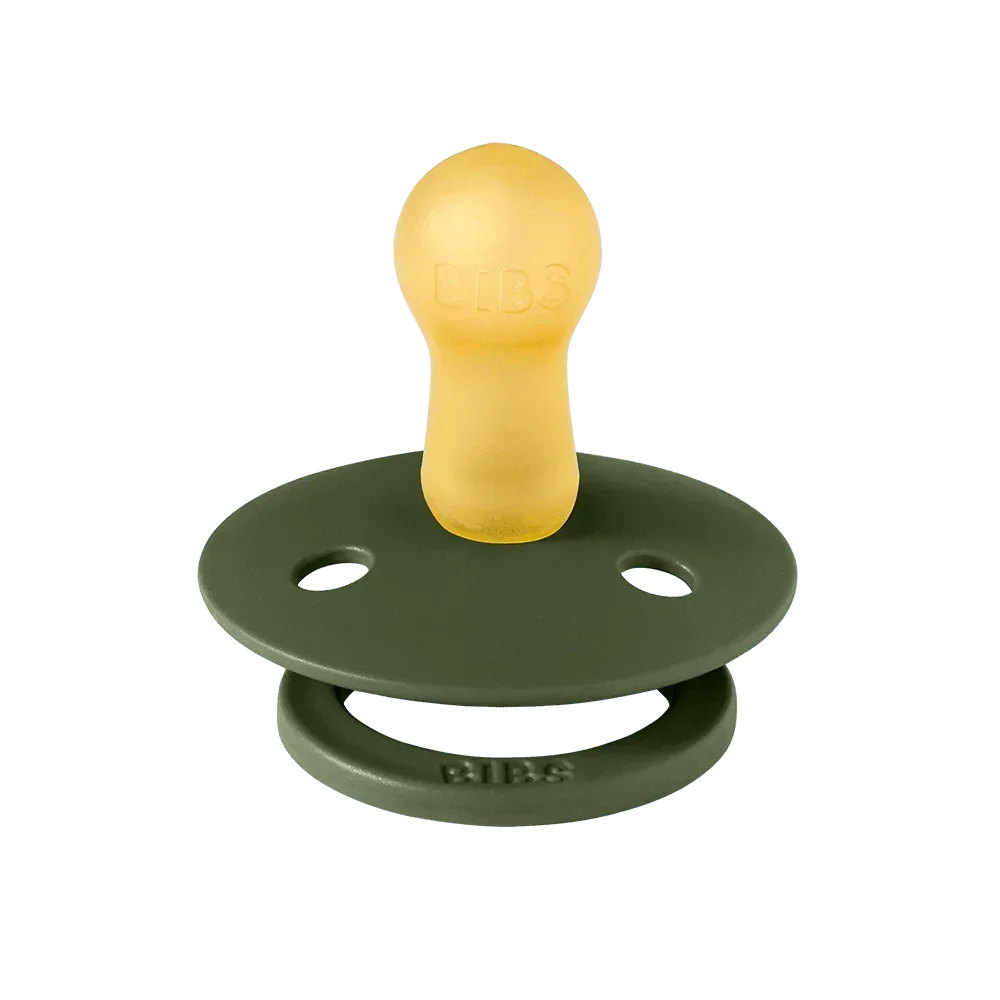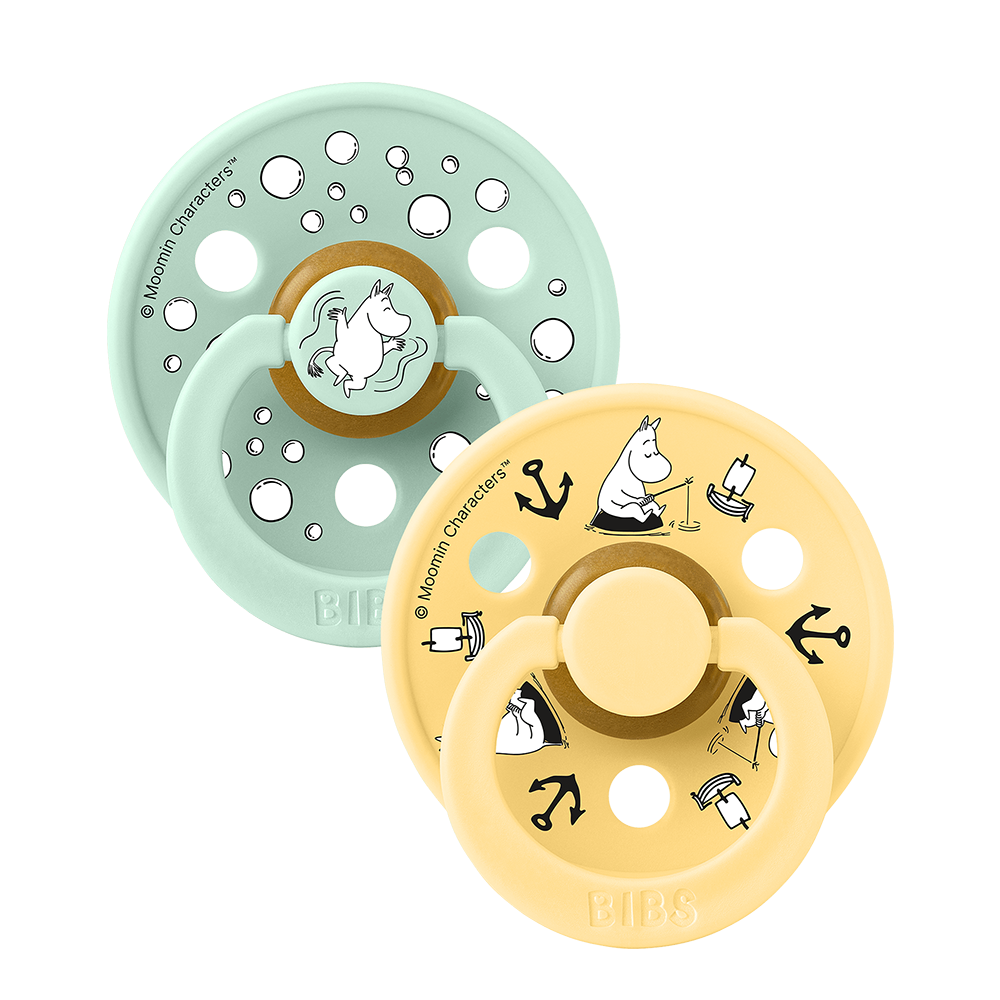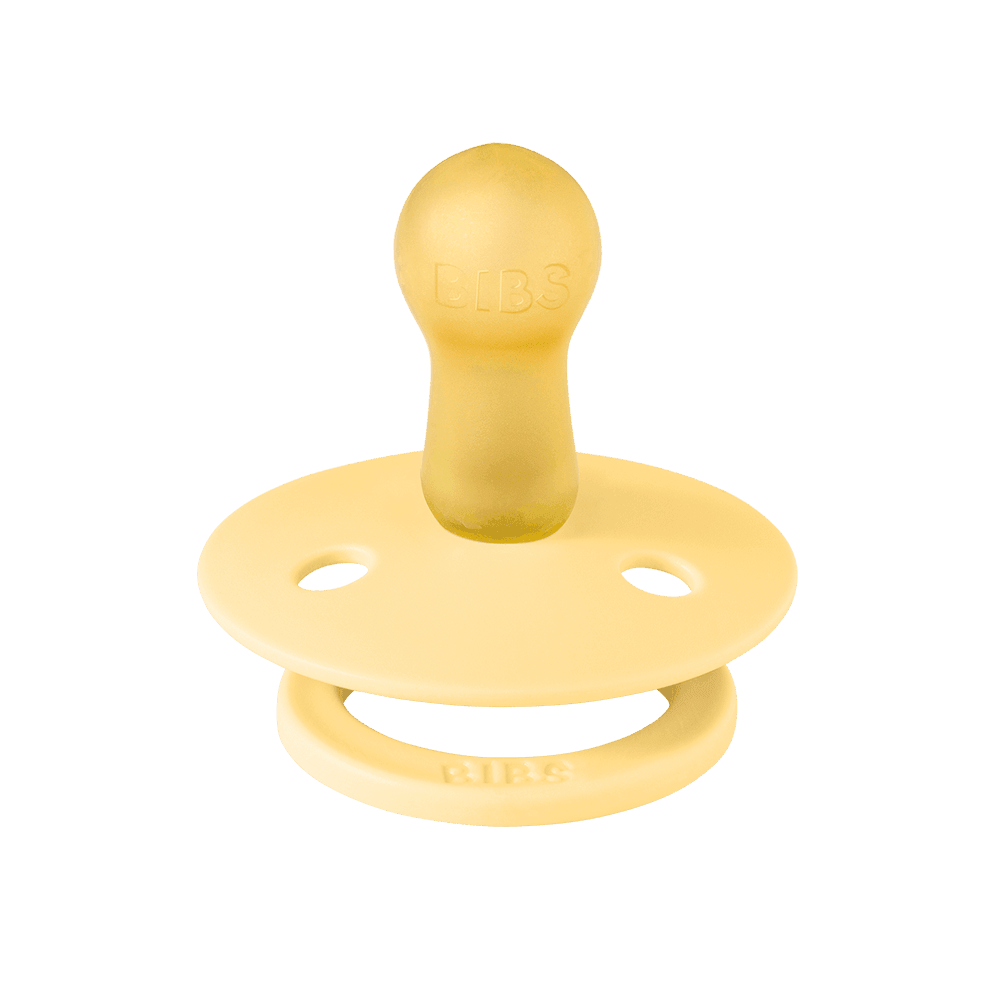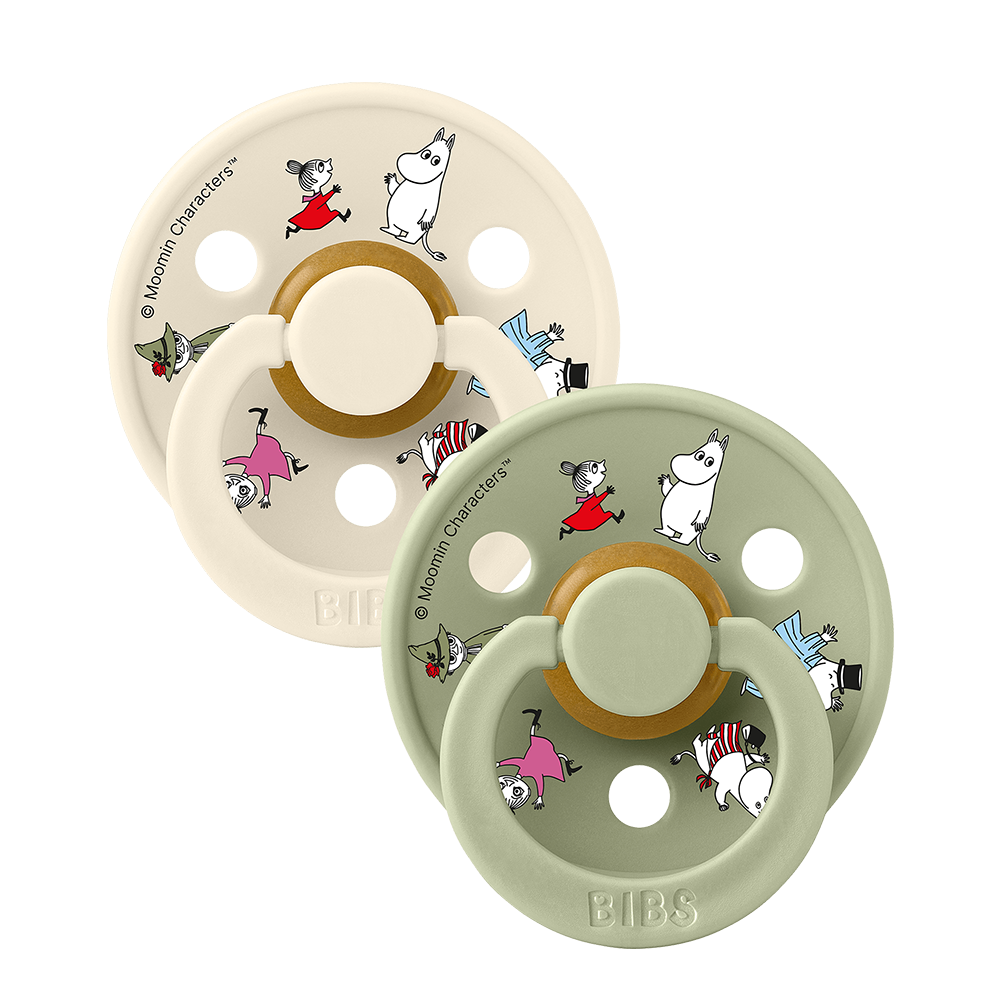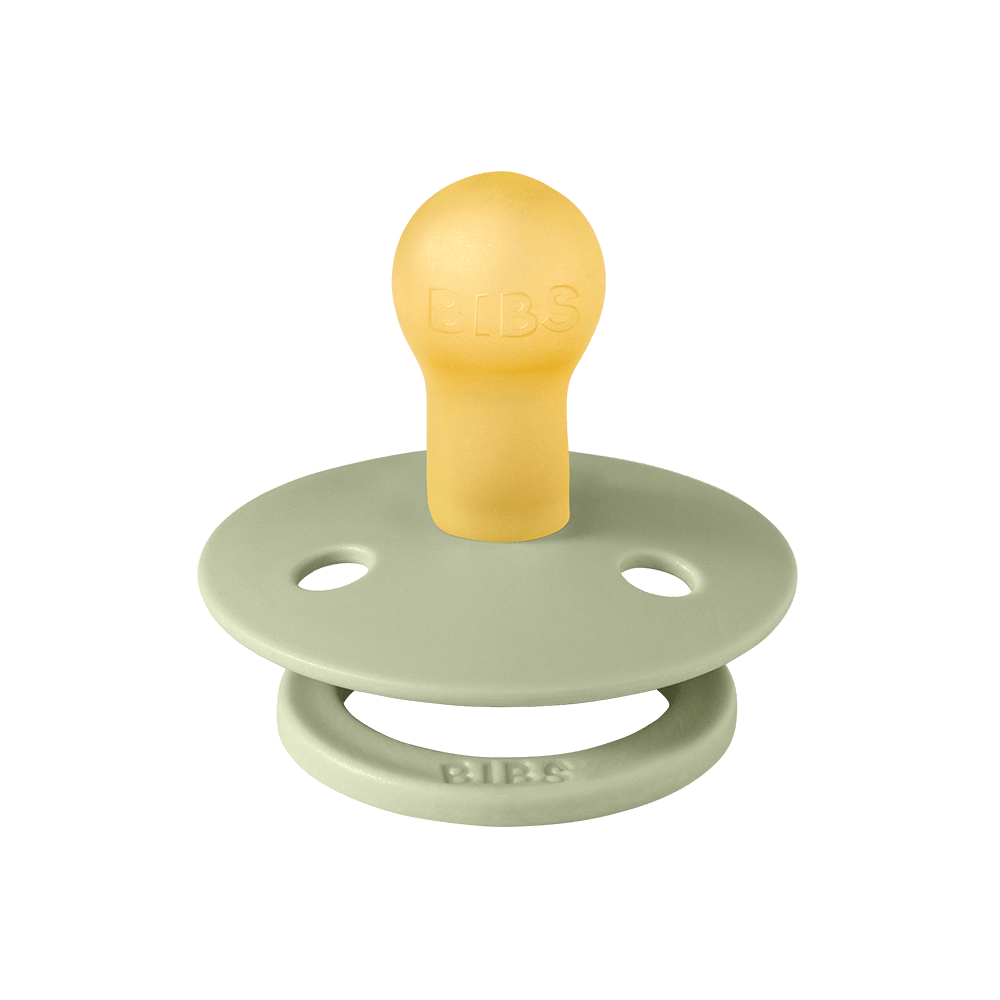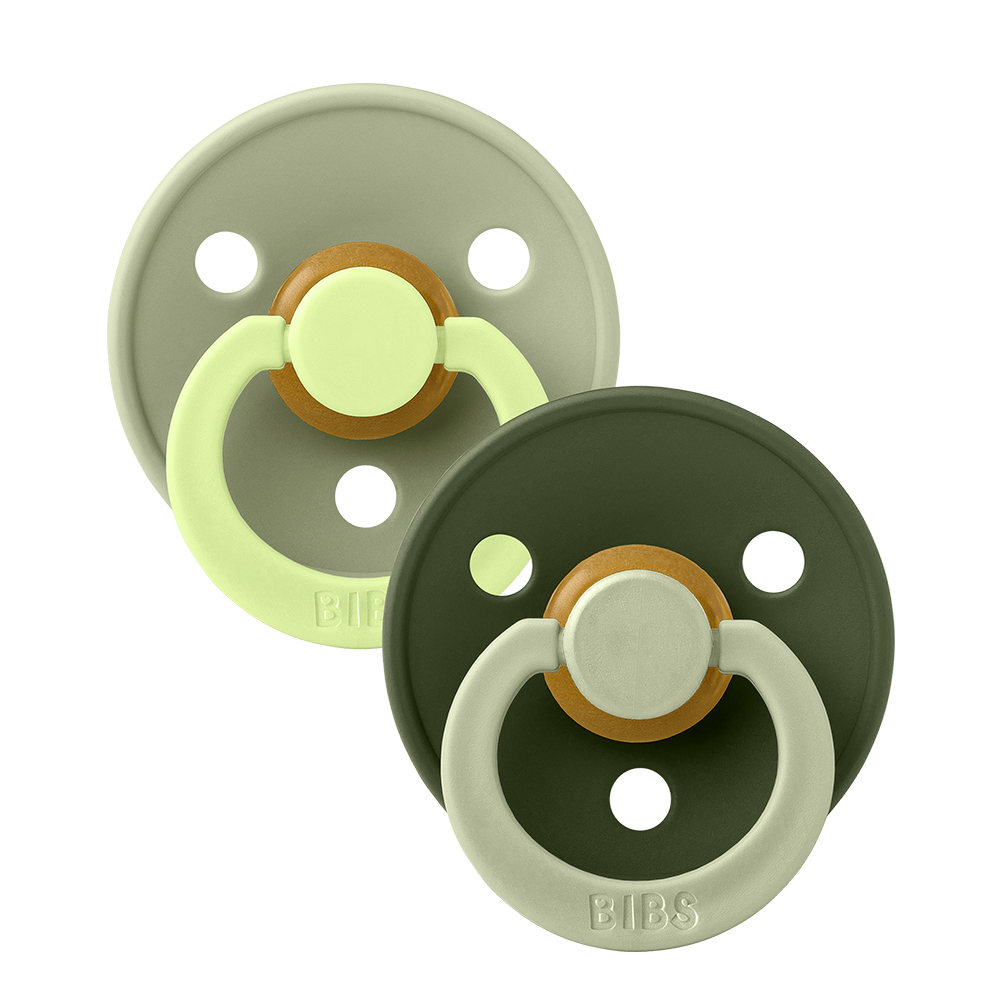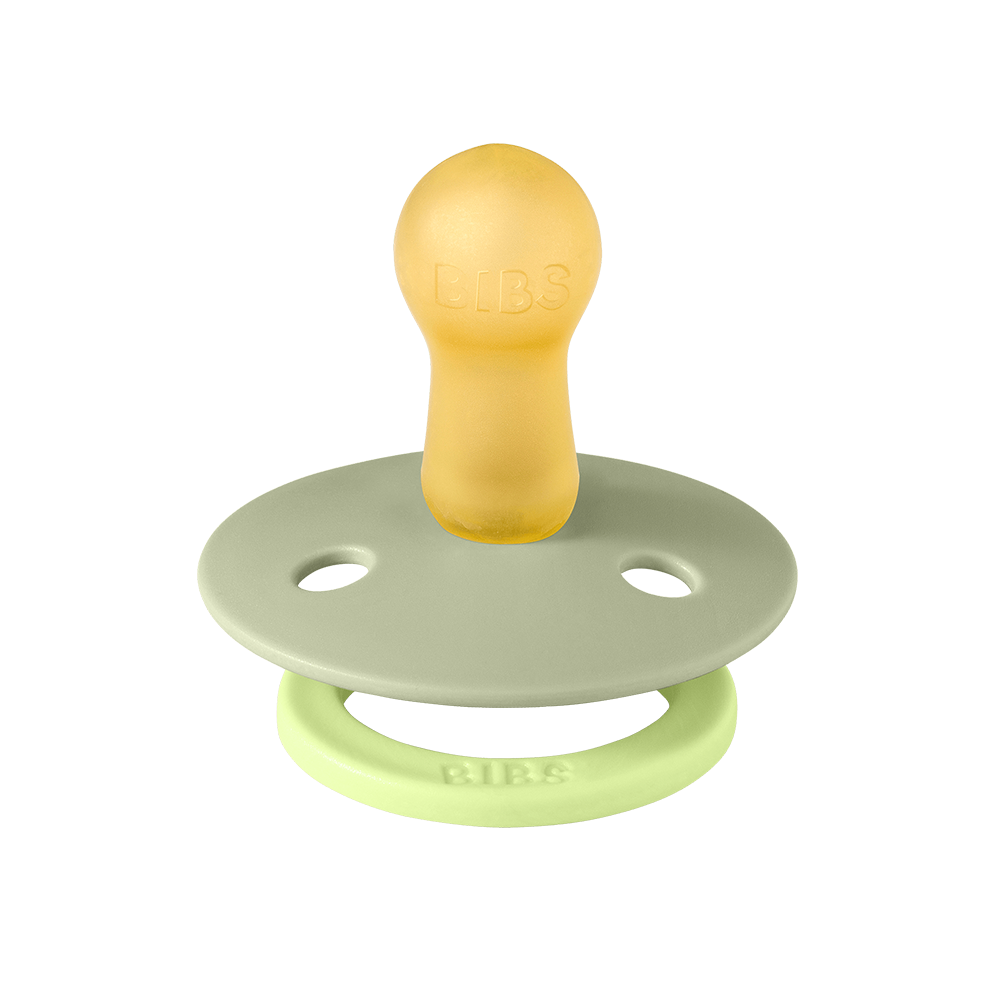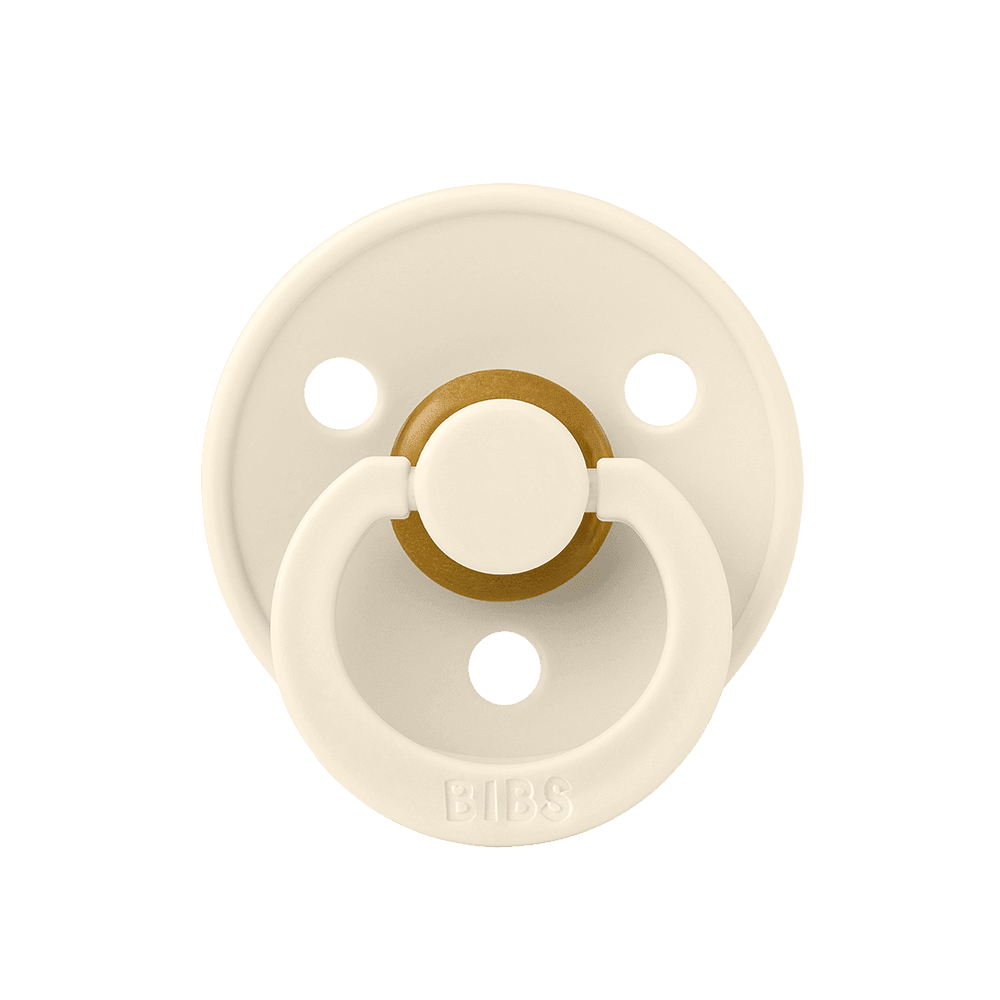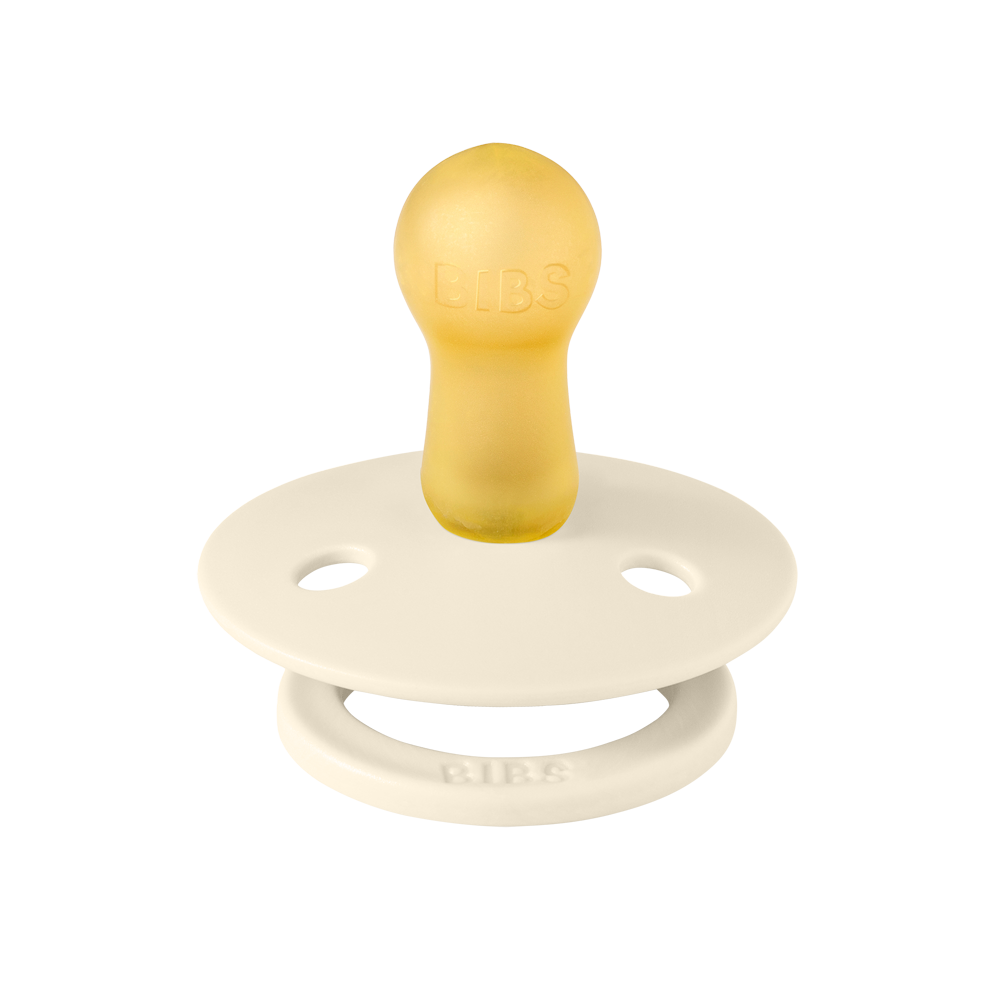
DIY Baby Food: Easy Guide to Homemade Nutritious Meals
Making your own baby food is a rewarding process that gives you control over what goes into your little one’s diet. It can save money, reduce waste, and provide your baby with fresher, more nutritious eating options.
Preparing homemade baby food requires a few basic supplies and an understanding of your baby’s nutritional needs. Selecting the right fruits, vegetables, and other ingredients ensures that your baby enjoys a variety of tastes and textures.
Starting with single-ingredient purees and gradually introducing combinations allows you to monitor your baby's reactions to new foods closely. Homemade baby food can be prepared in large batches and stored safely, making planning and mealtime more manageable. It’s also a wonderful way to influence your child’s taste preferences and dietary habits from an early age. Familiarizing yourself with safe storage guidelines guarantees that the food remains fresh and retains its nutritional value.
Key Takeaways
- Homemade baby food offers fresh, cost-effective meals tailored to your baby's needs.
- A simple selection of supplies and an understanding of infant nutrition start the process.
- Safe food storage prolongs the shelf life and quality of your baby’s meals.
Supplies Needed
Preparing your own baby food at home requires a set of specific tools to ensure that the food is safe, nutritious, and appropriate for your baby's developmental stage. The right supplies can make the process efficient and enjoyable.
List of Supplies
-
Food Processor or Blender: A high-quality food processor or blender is essential for pureeing fruits, vegetables, and cooked meats to the right consistency for your baby.
-
Steamer Basket: Steaming is an excellent way to cook baby food because it preserves most nutrients. A steamer basket that fits inside your cooking pots is ideal.
-
Knife and Cutting Board: A sharp knife and a sturdy cutting board are needed for chopping fruits and vegetables before they are steamed and pureed.
-
Storage Containers: BPA-free storage containers or silicone ice cube trays are perfect for storing and freezing small batches of baby food.
-
Fine Mesh Sieve or Food Mill: To ensure the puree is smooth and free of lumps, a fine mesh sieve or baby food mill may be used to strain the food.
-
Potato Masher: For softer foods like banana or avocado, a simple potato masher can provide the right texture without the need for electrical appliances.
- Spatula or Spoon: A spatula or spoon is needed for scraping every bit of puree from the blender or food processor, ensuring none of your efforts go to waste.
By securing these key supplies, you'll be well on your way to creating homemade baby food that's fresh, healthful, and tailored to your baby's needs.
Creating Homemade Baby Food
Creating homemade baby food allows you to ensure your baby is getting nutritious meals tailored to their dietary needs. By learning the right preparation methods and cooking techniques, you can craft a variety of healthful and delicious meals for your little one.

Preparation Methods
Before you start making baby food, it's essential to select the right ingredients. Opt for fresh, organic produce whenever possible to minimize exposure to pesticides. Wash all fruits and vegetables thoroughly to remove any dirt or bacteria. It's also a good idea to consult with a pediatrician about any potential food allergies or dietary restrictions.
Preparing Fruits and Vegetables:
- Peel: Remove peels from fruits and vegetables to make them easier to purée and digest.
- Chop: Cut into uniform, small pieces to ensure even cooking.
Cooking Techniques
Once your ingredients are prepped, you can begin cooking. The goal is to soften the food so it can be easily puréed or mashed to the right consistency for your baby's eating stage.
Steaming:
- Retains most nutrients
- Keeps natural flavors intact
Boiling:
- Easy, but may leach some nutrients into the water
Baking:
- Enhances sweetness
- Ideal for denser vegetables like sweet potatoes
After cooking, allow the food to cool before blending or mashing it into a smooth purée or a chunkier texture for older babies. Remember to remove any seeds or pits before puréeing. Store homemade baby food in the refrigerator for up to 48 hours, or freeze it in small batches.

Storage Guidelines
When making your own baby food, storing it safely is crucial to ensure that it remains fresh and safe for your baby to consume. Here's how to store homemade baby food properly:
Refrigeration:
- Store pureed baby food in the refrigerator immediately after preparation.
- Use within 48 hours to ensure the food maintains its quality and safety.
Freezing:
- Freeze purees in small portions, such as in ice cube trays or small containers.
- Once frozen, transfer the cubes into a freezer bag.
Labeling:
- Clearly label the storage containers with the type of food and the date of preparation.
- This helps in using the oldest foods first and avoiding waste.
Thawing:
- Thaw frozen baby food in the refrigerator.
- Never refreeze thawed baby food to avoid bacterial growth.
Reheating:
- Reheat defrosted baby food until hot all the way through.
- Allow it to cool to a safe temperature before feeding.
Remember to discard any leftovers from your baby's dish to prevent bacterial contamination from saliva. Always maintain a clean preparation area, and wash your hands thoroughly before handling baby food to minimize the risk of foodborne illnesses.
By following these straightforward guidelines, you can ensure that your homemade baby food is not only nutritious but also securely stored for your baby's health and safety.
Helpful Tips
In this section, we will focus on ensuring your homemade baby food is both nutritious and efficiently prepared. By applying these suggestions, you can create meals that are beneficial for your baby's growth and development while also being considerate of your time.
Nutrition and Variety
Your baby's diet should be rich in vitamins, minerals, and diverse flavors. Start with single-ingredient purees and then gradually introduce new ingredients to monitor for allergies and preferences. Here's a quick guide:
- Fruits: Bananas, apples, pears, avocados, and peaches.
- Vegetables: Sweet potatoes, carrots, peas, butternut squash, and zucchini.
- Remember to include sources of iron like pureed meats or iron-fortified cereals, particularly after six months of age.
For more detailed guidance on getting started with solid foods and the benefits of a balanced diet, see "Baby-led weaning: the essential guide".

Time-Saving Strategies
Making baby food can seem time-consuming, but with these strategies, you can make it manageable:
- Batch Cook and Freeze: Prepare large portions of baby food and freeze them in ice cube trays or small containers. This makes it easy to thaw and serve exactly what you need.
- Combine Homemade and Store-Bought: You can complement your homemade meals with high-quality store-bought options when you're short on time.
- Use a food processor or blender for quick and smooth purees.
Remember, always check the texture and make sure it's appropriate for your baby's developmental stage.
